The Yamagata prefecture is home to beautiful mountains and nature, while Ehime has a mild climate that's perfect for a wide range of outdoor activities.
Japan is home to some of the most diverse and beautiful landscapes found anywhere in the world. With mountains throughout the four main islands of Japan, beautiful beaches and some of the world's best food, it really is a country for everybody. However, despite the incredible possibilities that Japan has to offer, the majority of tourists visiting the country only visit Tokyo. While the capital is indeed an incredible metropolis that should be on everyone's bucket list, the land of the rising sun has so much more to offer - especially for those looking for adventure in the outdoors, Japan really is a playground where you will find some unbeatable experiences.
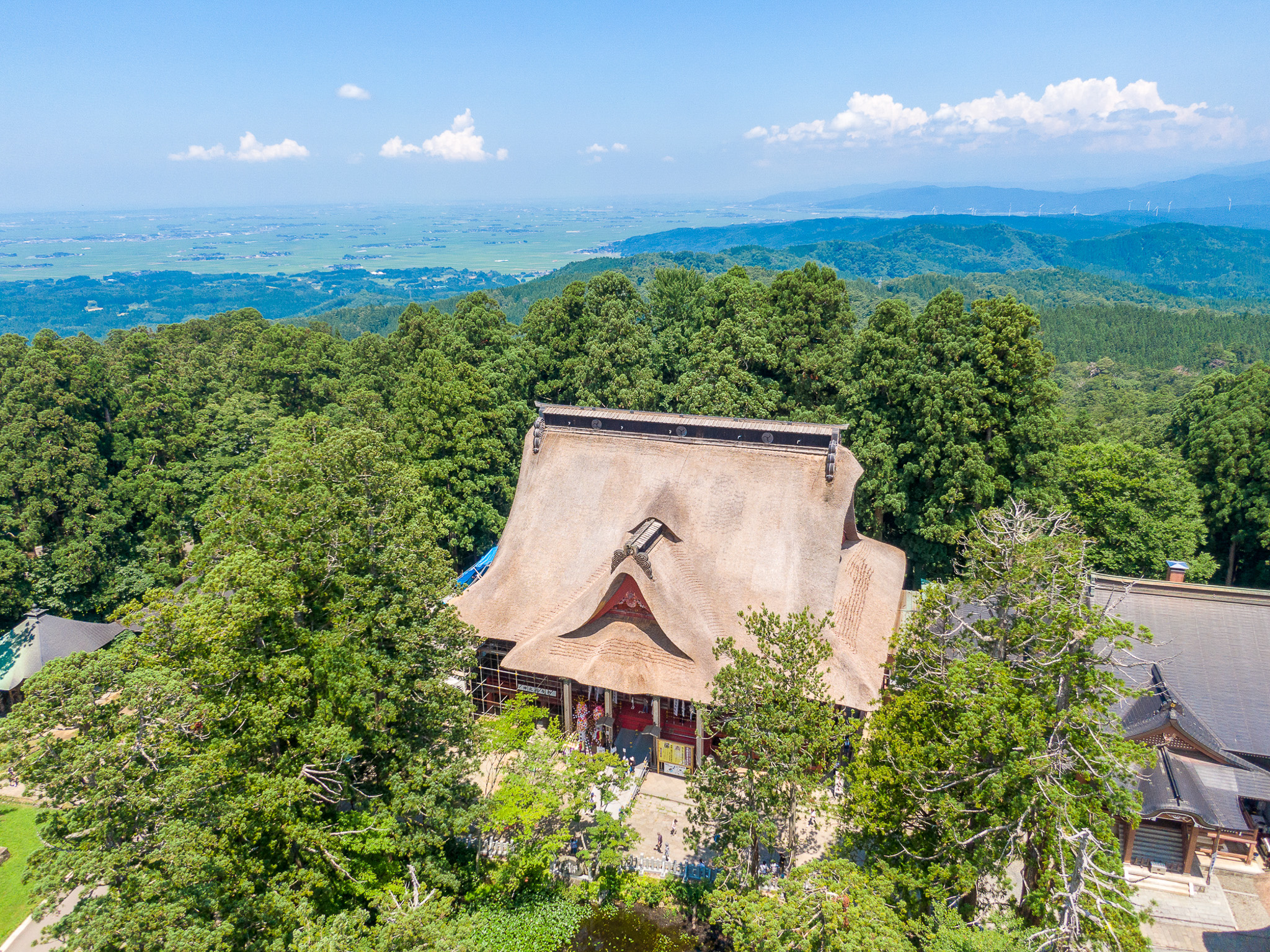
Adventure through The Three Mountains of Dewa (Dewa Sanzan) in Yamagata
Just a one-hour flight from Tokyo, explorers will find snow-covered trees, hot springs, 230 waterfalls (the most in Japan), and one of the best examples of Japan's stunning nature. It's also home to more of Japan's famous snow than you will find anywhere else - making it a mecca for skiers and snowboarders!
"A magical experience"
The Yamagata prefecture is located on the main island of Honshu, and is sandwiched between the sea to the west and mountains to the east. It is also home to Dewa Sanzan (出羽三山, “Three Mountains of Dewa”). On the top and hillside of each of the three mountains of Dewa you will find a shrine, and they remain a hugely significant centre of worship, blending Buddhist and Shinto traditions. It is suggested that visitors visit the three mountains in order, starting with Mt.Haguro (the present), then Mt.Gassan (the past) and finishing with Mt.Yudono (the future). However, note that the Mt.Gassan trek can only be accessed from July to September, and Mt.Yunodo only from June to October. Haguro can be trekked all year round.
The five-story Pagoda of Mt. Haguro, a Japanese national treasure, is a must-see, and arguably the best-known feature of Mt. Haguro and the Tohoku region. The Pagoda is an architectural masterpiece that is as breathtaking in the summer as it is in the winter. A magical experience amongst the 400-year-old cedar trees. Registered as a three-star spot in the Michelin Green Guide Japan, it is a place that leaves a lasting mark on all those that have the chance to share a moment in its presence.
Please note: The main body of the pagoda will not be visible from Spring until November 2023 and from Spring until the end of September 2024. This is due to the replacement of its roof; however, visitors can still visit the pagoda.
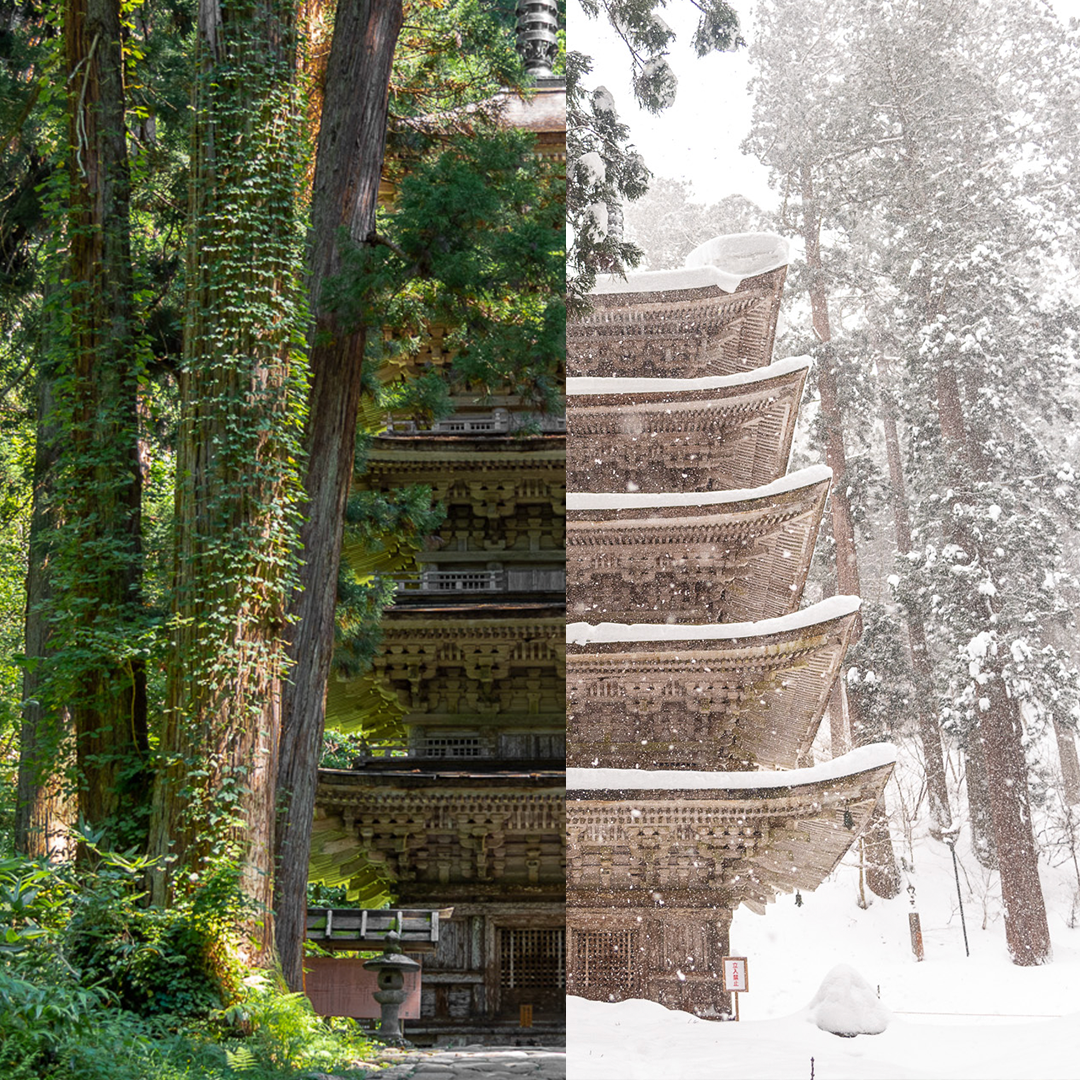
UNESCO Creative City of Gastronomy
One of the best reasons to visit Japan is the cuisine, and Tsuruoka City, where the three mountains of Dewa are located, is no different - Tsuruoka City is recognized by UNESCO as a 'Creative City of Gastronomy'. In the video at the bottom of this article, you will find travel writer Donny Kimball experiencing some stunning Shojin-ryouri. Shojin-ryouri is a local cuisine eaten by yamabushi, worshippers of Shugendo, a Japanese mountain faith - They believe that the food will purify their minds and bodies in order to enter the mountains. Donny refers to the food as 'one of the best meals that he has ever had'. Don't miss the opportunity to try a huge variety of beautiful flavours.
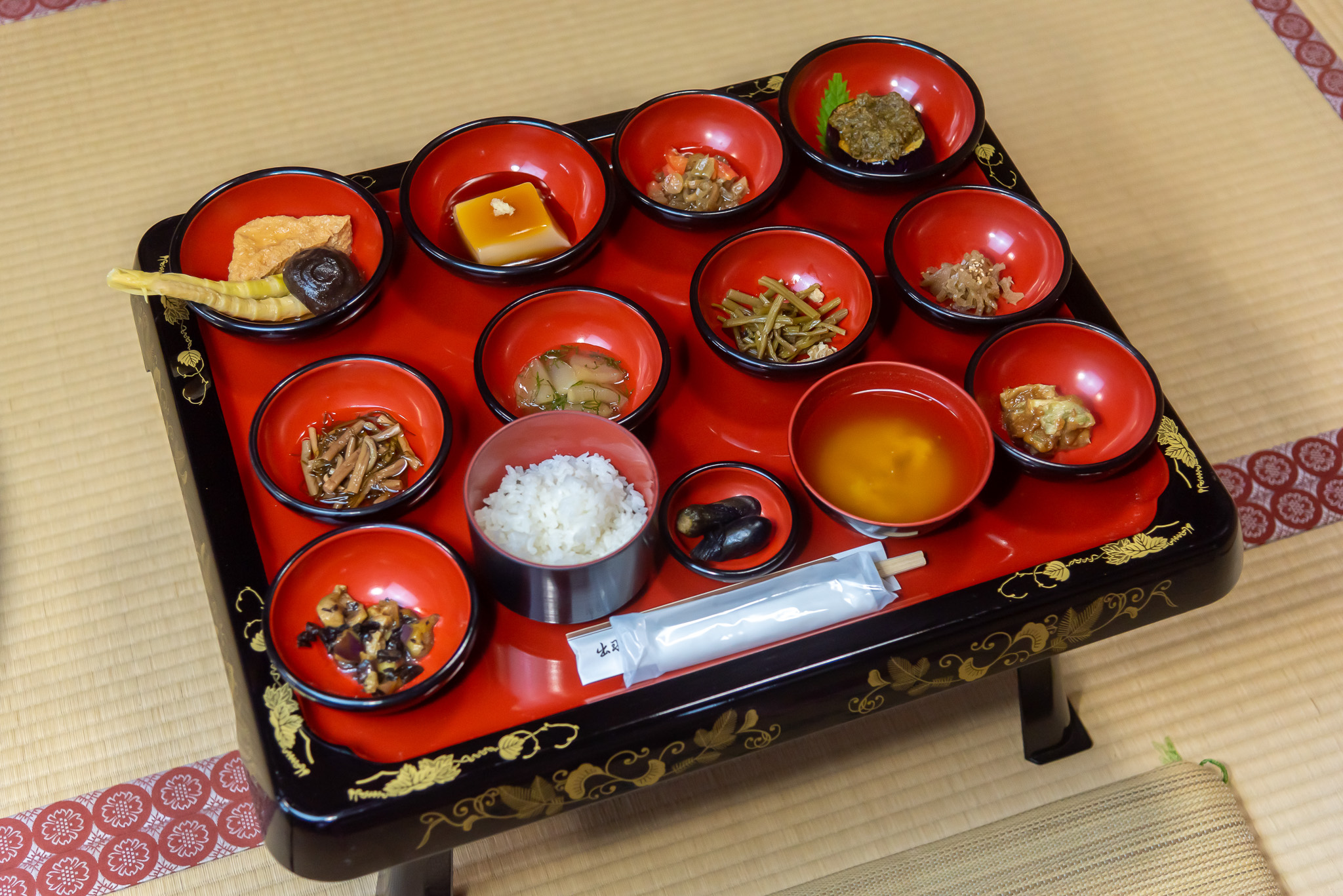
"Dewa Sanzan is a true representation of Japan"
The “Journey to Rebirth.”For those who are interested in a challenge, the best way to experience the area is to visit all three mountains via a traditional pilgrimage. For hundreds of years, this hike has been considered a journey to rebirth. If you start your adventure from one of the eight Happo Nanakuchi entrances, you'll join many others who want to experience the three mountains as it has been by pilgrims for centuries. There are temple lodgings where you can stay along the way. It's here that you'll meet others who are building their own relationship with Dewa Sanzan. Many locals go on to become yamabushi themselves, ultimately supporting the journeys of others who follow in their path. It's believed that the process will sharpen the five senses, whilst spending time in the great outdoors helps to recharge the soul and revive the spirit. Ultimately being reborn without religion or faith.
How do you get there?
One of the best reasons to visit Yamagata and Dewa Sanzan is to relax, to escape the hustle and bustle of Tokyo. While comparatively "remote", the mountains can be accessed via a one-hour flight from Tokyo to Shonai airport and then a two-hour bus or a 40-minute taxi ride.
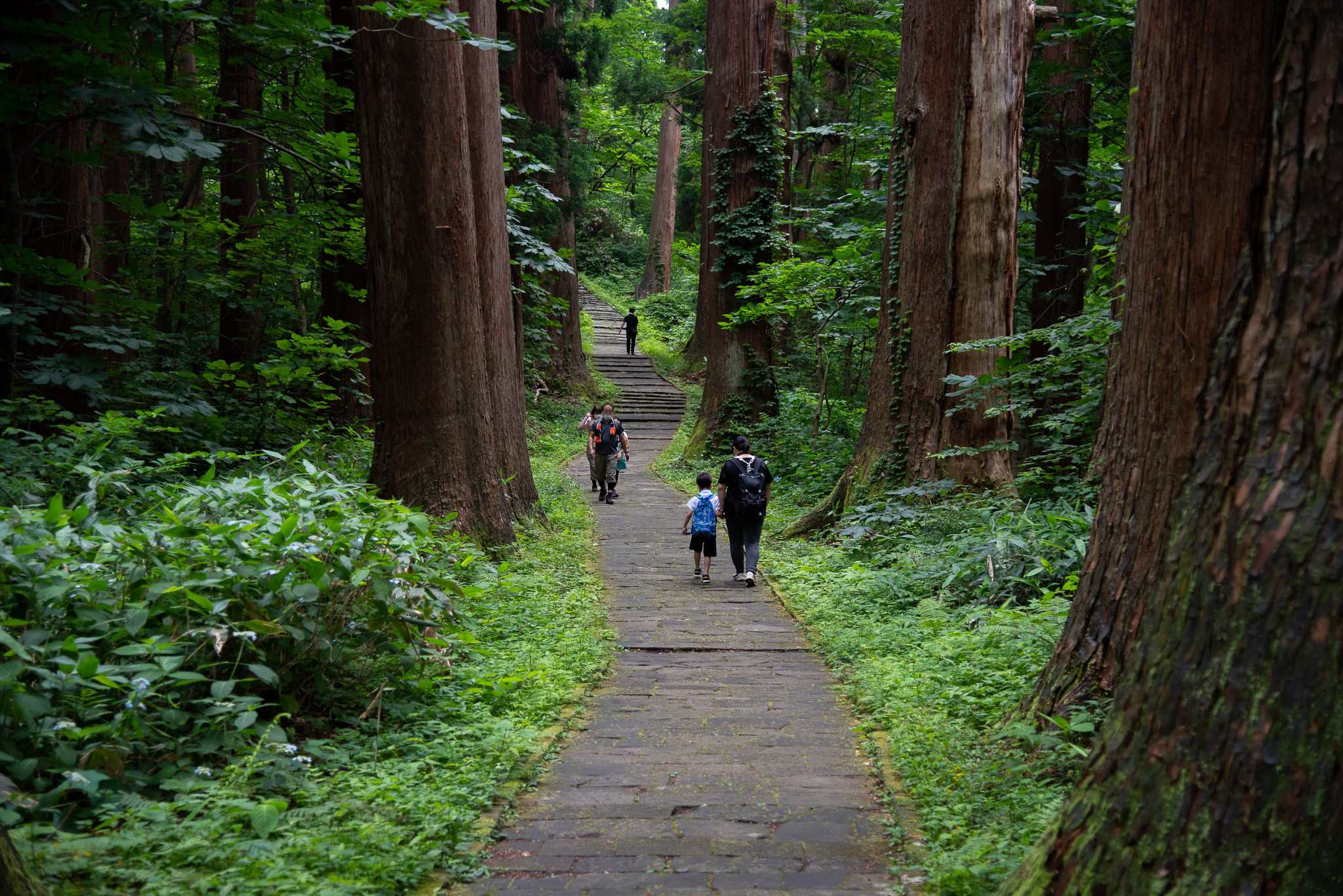
How difficult is the Dewa Sanzan trek?
There's something for everybody, whether you're an experienced hiker looking for a challenge, or new to trekking and would like to start with an easier route. That said, be sure to double-check the season and expected weather before you make your plans. Don't assume that the summer is easier than the winter, either. Due to high temperatures, a summer hike will mean starting early and following an itinerary that protects you from the hottest parts of the day. More info on this pilgrimage trail can be found here. Note that Mt.Gassan can only be visited from July to August, and Mt.Yunodo only from June to October. Haguro can be visited all year round.
For a first-hand experience and more information, check out the video at the bottom of the article and click the link here.
Explore Ehime's Breathtaking Coastlines
The Ehime Prefecture is on Shikoku Island, another of Japan's major islands, in addition to dozens of smaller islands. A lesser-known Japanese gem, many tourists will make the mistake of missing out on this region that is rich in history, ancient castles and towns. Don't miss out on trying their oranges that many consider to be the best anywhere in the world.
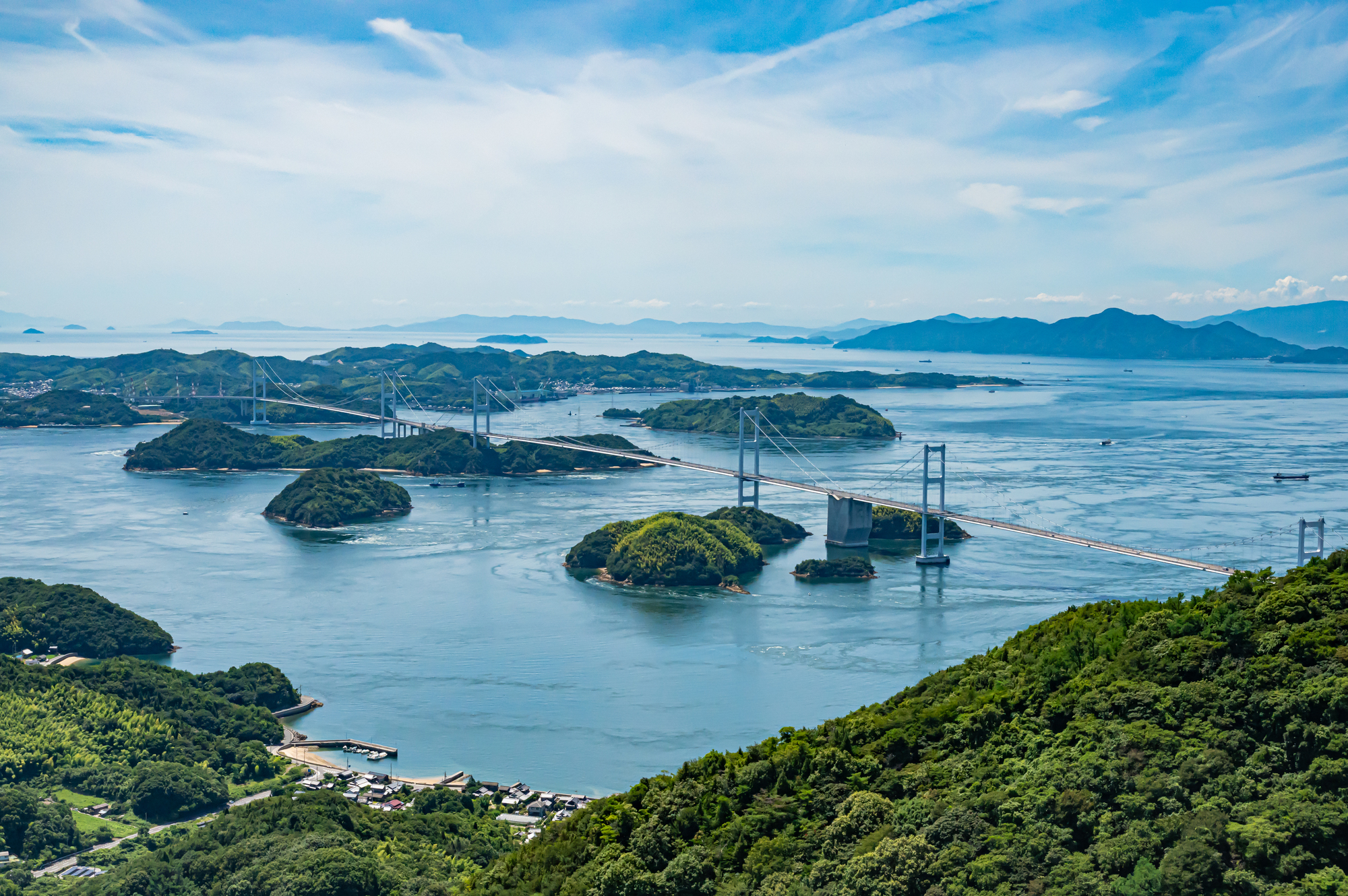
A wonderfully mild climate makes it the perfect place to consider touring the region on a bike, and the Shimanami Kaido (しまなみ海道, Shimanami Kaidō) route is the best place to start. You will actually begin the route on Japan's main island of Honshu, but you will quickly cross onto six other islands before finishing your adventure in Imabari City.
Renting a Bicycle
The first question that you're likely to ask is where do I find a bicycle? There are well-run rental systems that allow you to pick up your bike at the beginning of the route and leave it at the other end once you've finished.
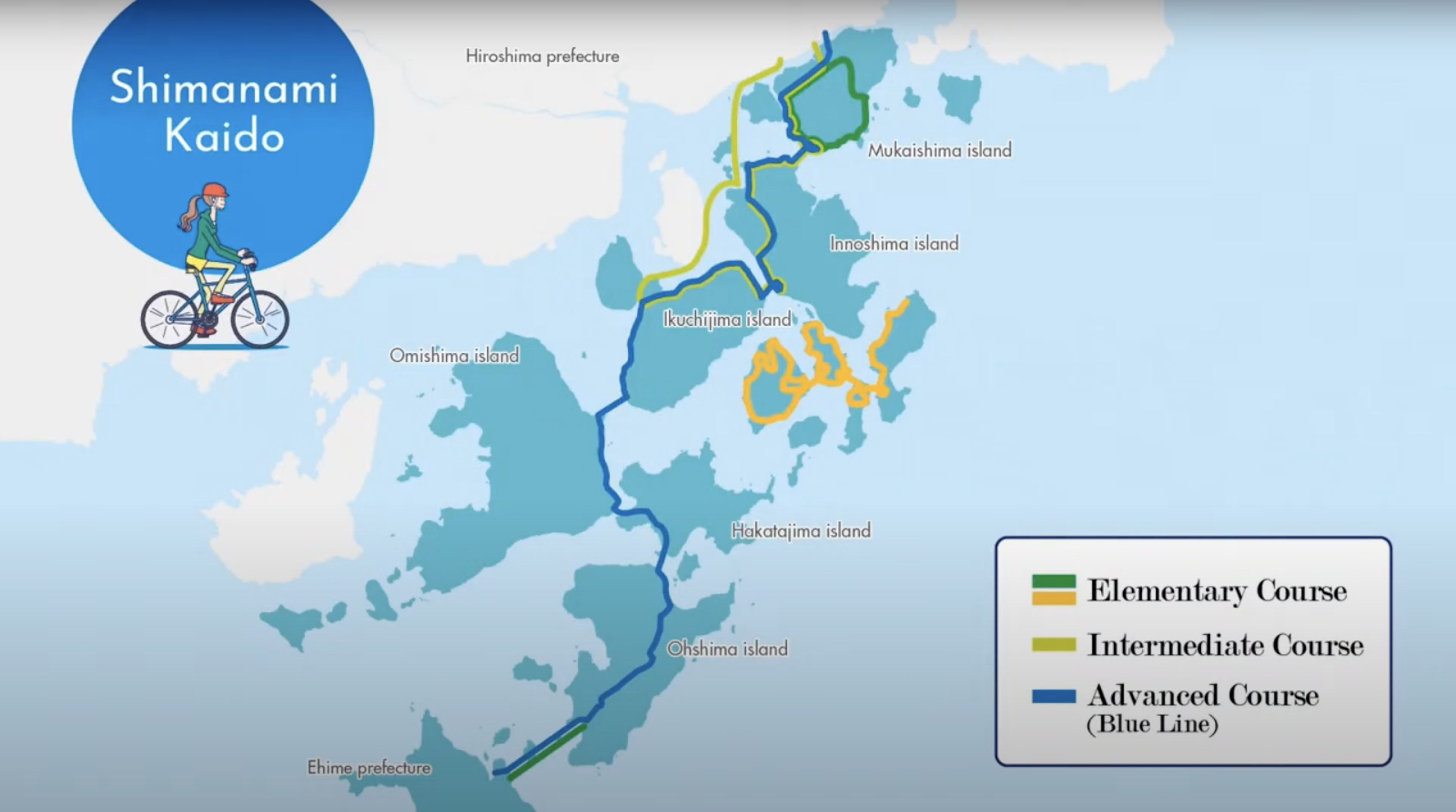
How do you get there?
Road travel to the region is possible from the biggest Japanese island of Honshu via bridges; it's easier to catch a flight of an hour and 35-minutes, direct from Tokyo.
How difficult is the Shimanami Kaido bike route?
Without any steep inclines provided, you have reasonably good fitness; the 70km can be completed in one day.
Summary
This content has been a sponsored article, presented by The Japan National Tourism Organization, JNTO. Should you wish to experience a unique adventure and visit the Yamagata and Ehime Prefecture then further information can be found in the below video and here.
Cover Image Credit: Five-storied Pagoda, Hagurosan 日本語: 羽黒山五重塔 by Crown of Lenten rose.


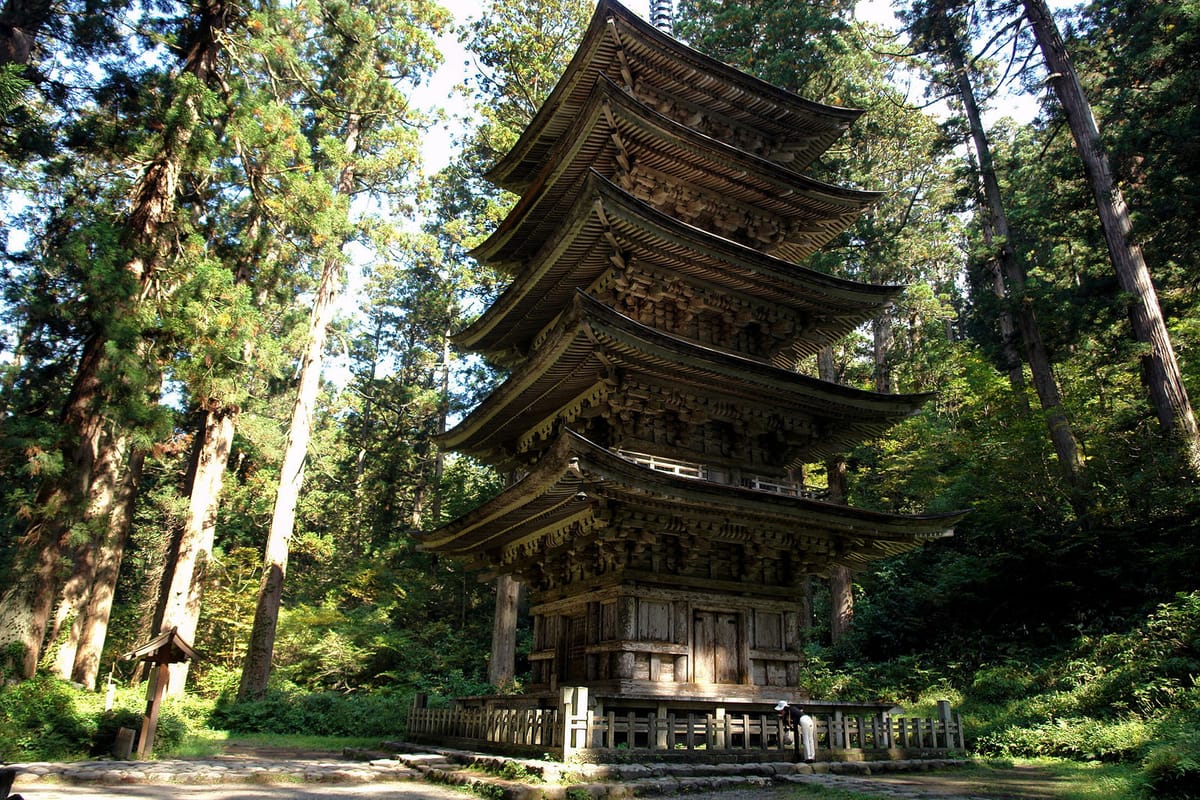

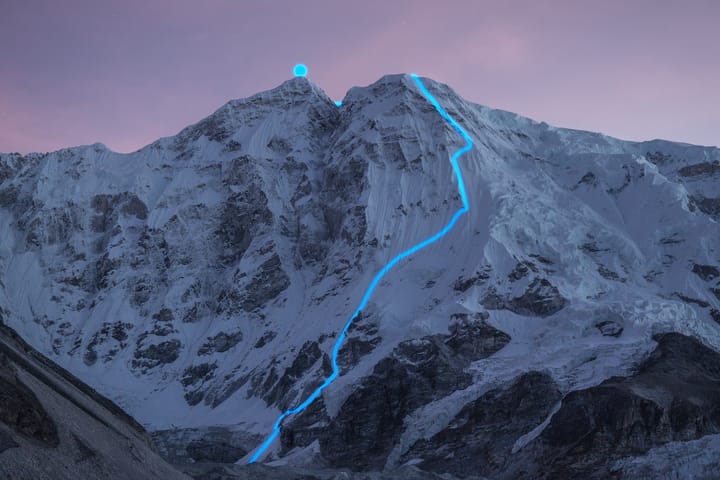
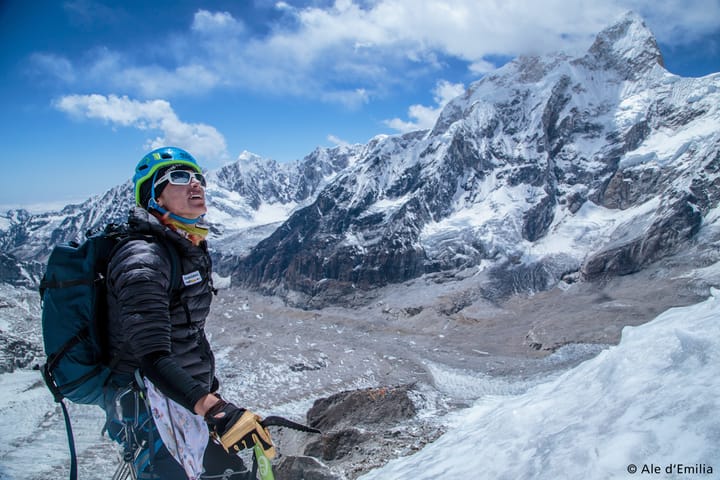
Comments ()